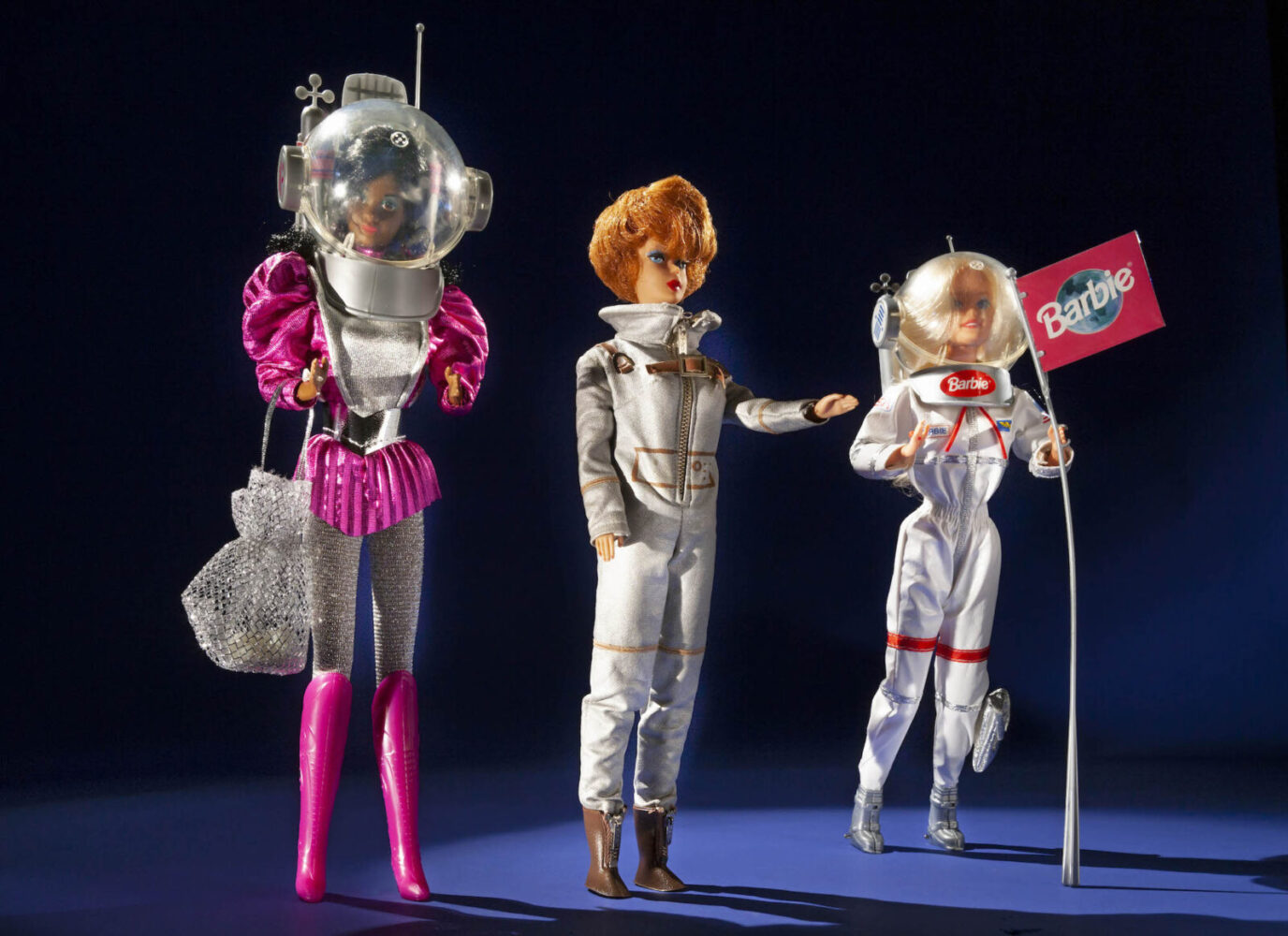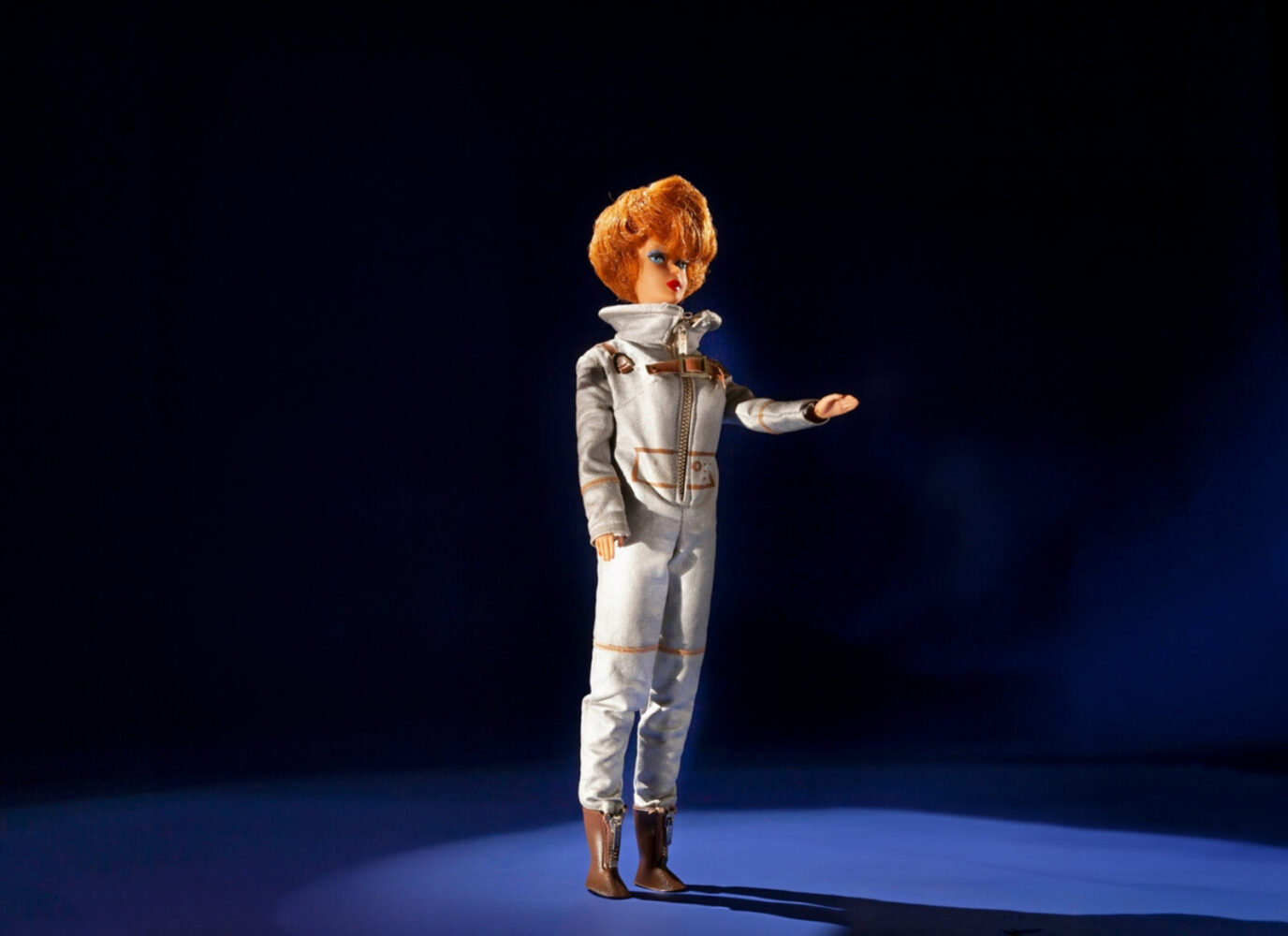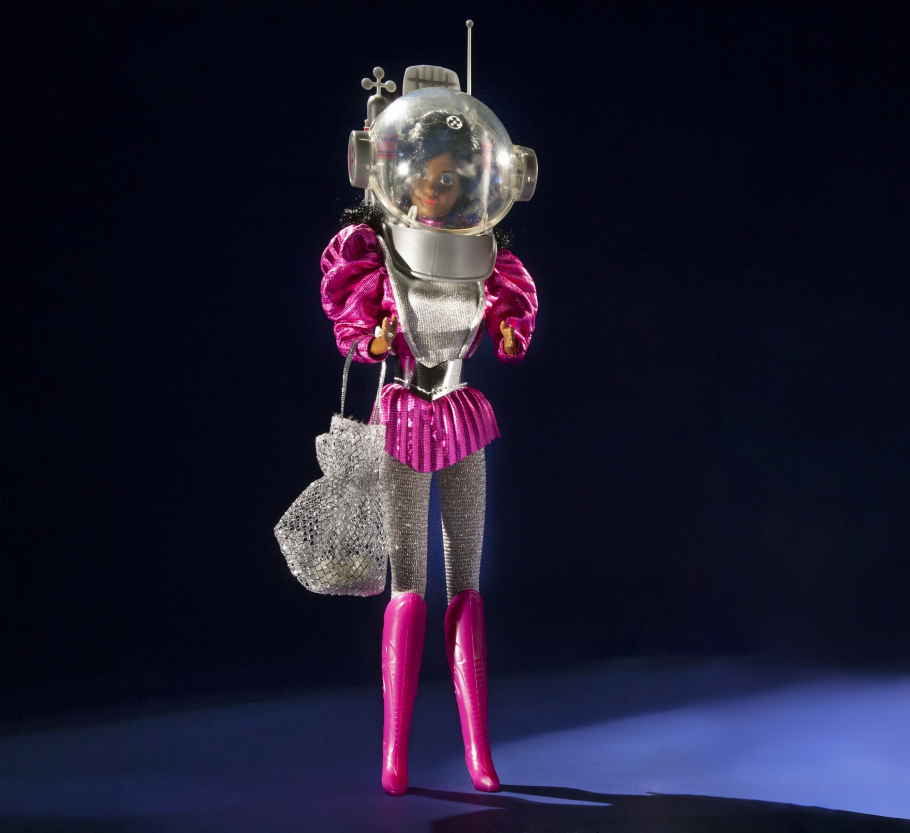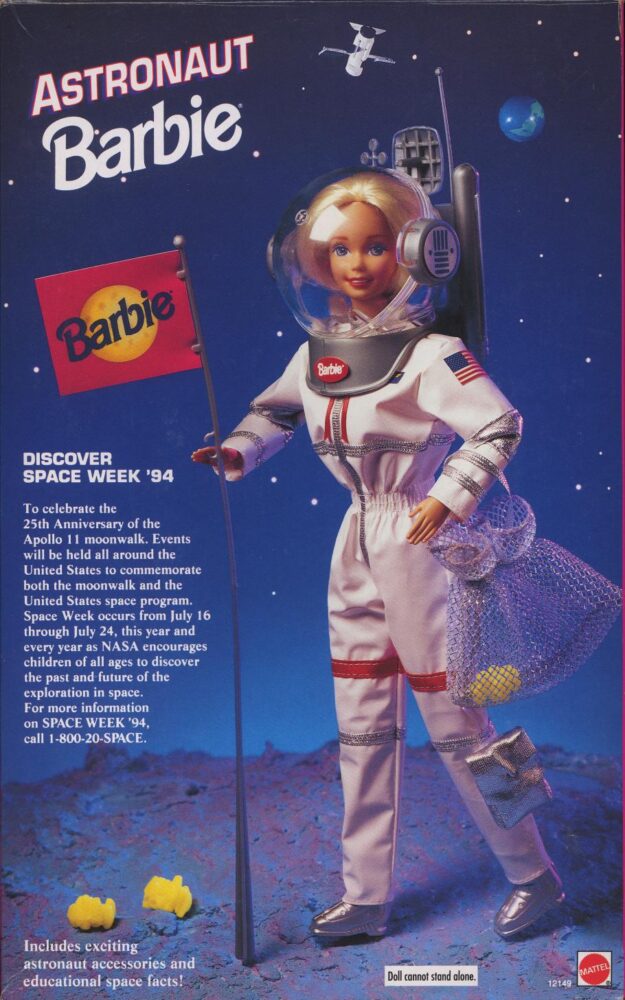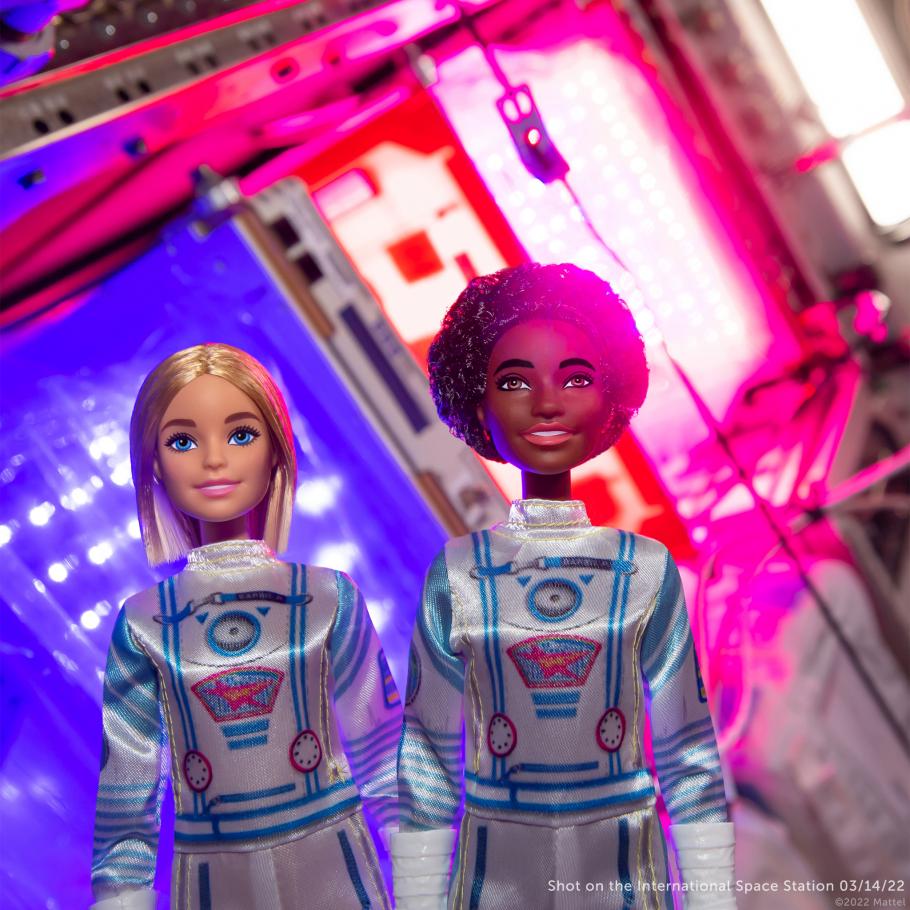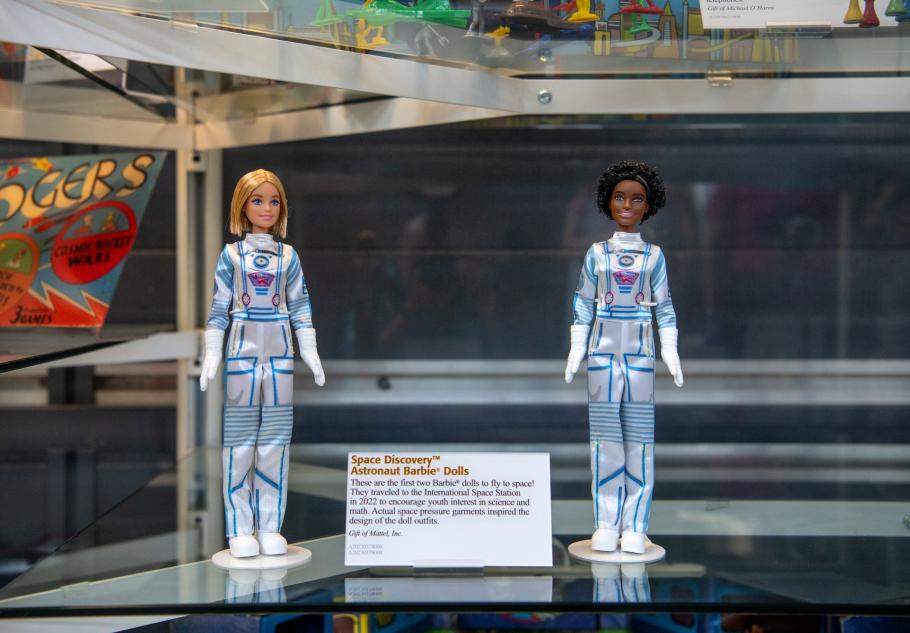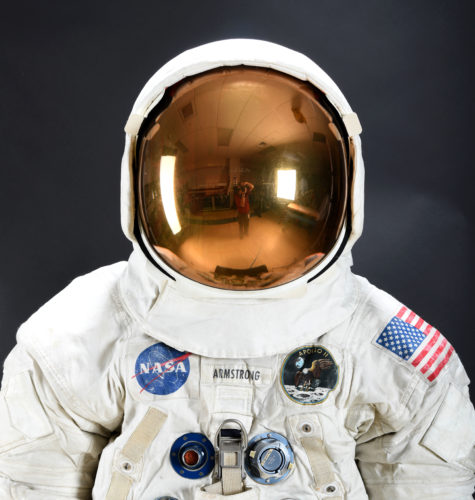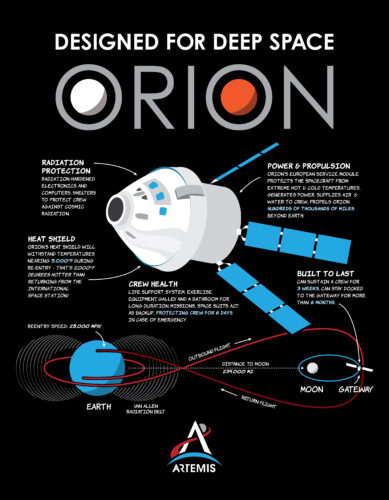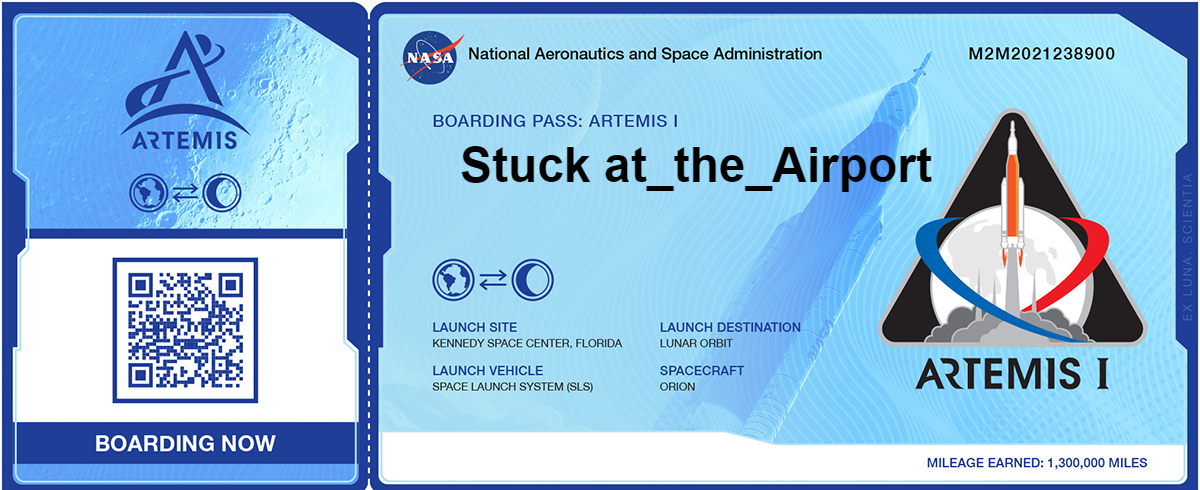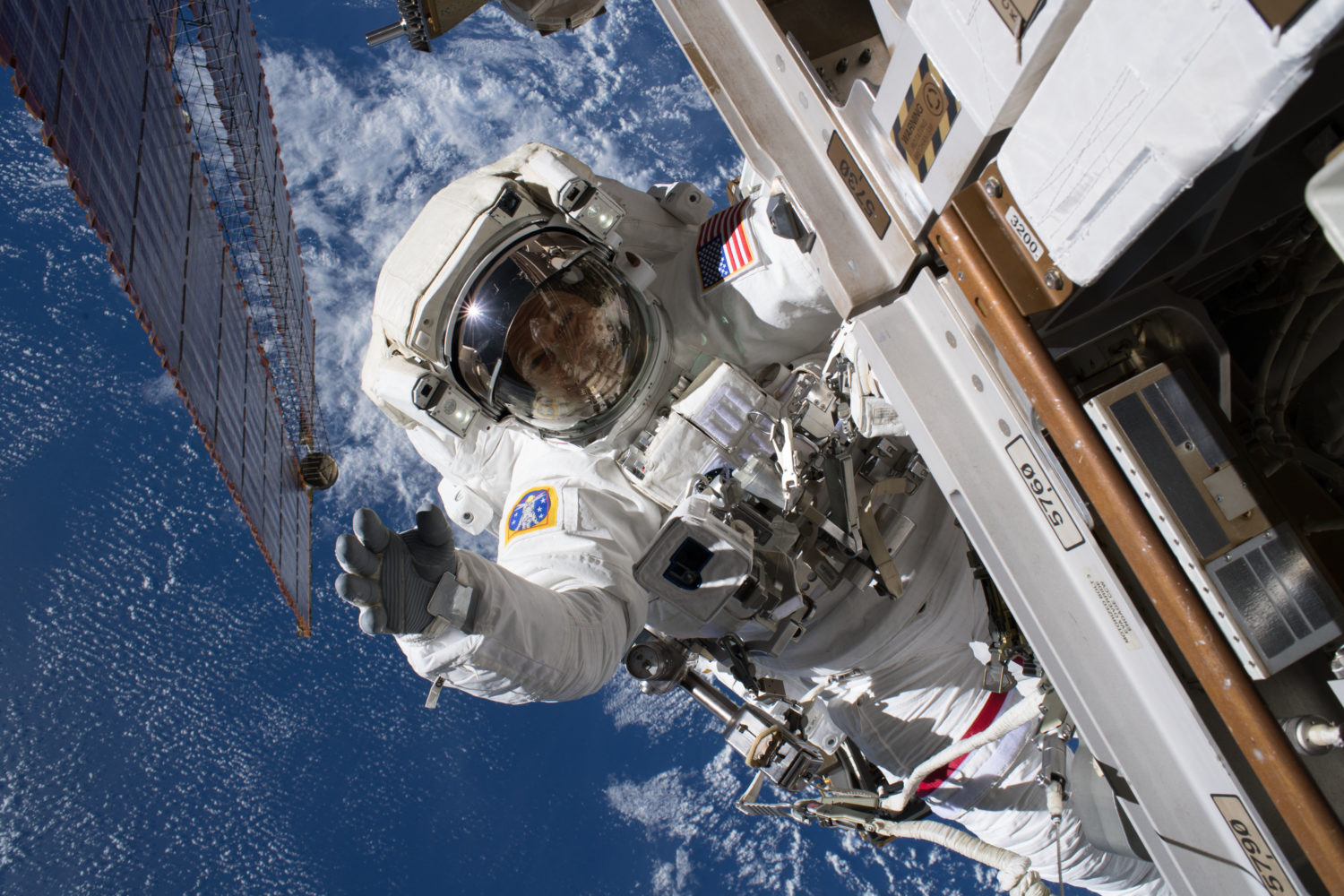
Our story “Many can’t wait for the eclipse. Some can’t wait until it’s over,” appeared first on NBC News
Months of planning have gone into the handful of minutes it will take for the moon to pass in front of the sun on Monday. Dozens of towns and cities in the solar eclipse’s path of totality have arranged packed schedules of celebratory events and viewing sites, preparing to welcome legions of enthusiastic visitors like Michael Howard.
The 62-year-old is flying from Baltimore to San Antonio, Texas, and then driving about 65 miles northwest to Kerrville — where he’s all but certain to hit eclipse traffic.
“I wouldn’t say anyone thinks I’m crazy for doing this, but I do know plenty of people who just don’t think it’s worth the trouble,” said Howard.
On the other side of the state, Greenville’s community engagement director, Micah McBay, has been fielding pushback from residents who feel similarly to Howard’s detractors.
“Some people can’t grasp that the eclipse is a huge event and think it’s just a bunch of hullabaloo and nonsense,” he said.
The small city of some 30,000 to the northeast of Dallas is celebrating 4 minutes and 10 seconds of totality with multiple free concerts, watch parties and other festivities. But the efforts have lately drawn a wave of negative commentary on the city’s Facebook page and other social media platforms.
“We’ve been accused of blowing everything out of proportion, overreaching, trying to make a ‘money grab,’ and wasting government dollars,” McBay said.
But other concerns are well justified, and authorities around the country are hoping to get through the next few days without incident.
“We’re preparing for the worst and praying for the best,” said Betty Teel-Malone, the mayor of Wolfe City, Texas, 17 miles north of Greenville.
The town of 1,400 has no traffic light, a volunteer fire department and limited public services, “so we’re not planning any eclipse events and not advertising for anyone to come here,” said Teel-Malone. She doesn’t want to outright urge people to steer clear but is warning those who show up that “we can’t accommodate them.”
“There are no hotels, no parks, no camping, no RV parks or anything like that in this area,” Teel-Malone said. Perhaps more importantly, she added, “we don’t have the police to keep whoever does come here safe.”
Even officials with robust public safety resources at their command are taking extra precautions.
Last week, Indiana Gov. Eric Holcomb signed an executive order warning residents and local leaders about the “massive number of people” heading to the Hoosier State for the eclipse. He urged officials to be “prepared to protect the health, safety and welfare of the public” and be ready to “swiftly and effectively respond to any emergency that may arise.”
In Ohio, where the path of totality extends from Dayton to Cleveland and several major sporting events are also taking place over the weekend, authorities are planning for potential headaches.
“What we’re mostly concerned about is traffic,” said Dan Tierney, the press secretary for Gov. Mike DeWine, who has activated the Ohio Emergency Operations Center to support local communities before, during and after the eclipse.
“We need to make sure our agencies are fully staffed and available to keep people safe, prevent backups and bottlenecking” and be prepared for “any eventuality that might occur,” Tierney said.
In central Texas, aviation authorities are bracing for what could be a grumpy group of travelers testing their operational capacity. Austin-Bergstrom International Airport will have extra staff in the terminal “to provide assistance to passengers and to help keep ticket counter and security screening lines organized,” spokesperson Lesly Ramirez said in a statement Friday.
And that’s all when travelers get there. Major roads and highways throughout central Texas are expected to be congested in the hours surrounding the eclipse, and lines at rental car desks could back up.
Ramirez echoed perhaps the most common warning resounding across the state this week: “Prepare to spend more time sitting in traffic.”
(Photo up top courtesy of George Eastman Museum via Flickr Commons)
